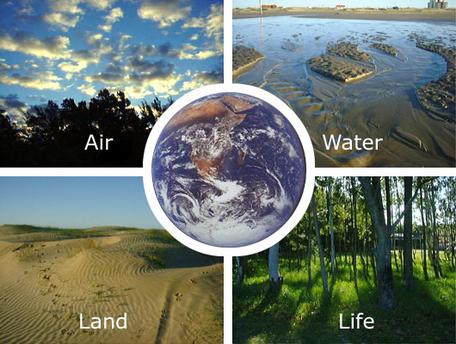If one of the stories we are telling ourselves is that we’re living in a breaking world, where social order, ecological systems and finances are all being stressed out, then we can do one of three things. We can join in, further contributing to the chaos, can can sit on our hands, do nothing other than blame others for the mess we are in, or we can take the approach of the mender.
Freelance journalist Ruth Terry, based in Istanbul, Turkey, has penned a story titled: In a Breaking World, Mending Takes on More Meaning,(Yes, Summer, 9 May 2020) in which she draws our attention to a new book by Nina and Sonya Montenegro: Mending Life, A Handbook for Repairing Clothes and Hearts. Says Terry: ‘Mending Life is equal parts illustrated textile repair primer and gentle prescription for fixing our fraught relationships with the planet and each other.’
‘Coronavirus has exposed all the things we knew were broken down and somehow could never find the time, money, or political will to fix. Now, there is a cascade of collective breaking—our cities, our bodies, our minds, our hearts. More optimistically, the global pandemic is revealing all the unprecedented opportunities we will have for fixing.’
And later …
‘Mending Life suggests that it can help us reimagine what clothes are and what they mean to us. “Our clothes take care of us. They are our protective shell, our second skin, our closest embrace. They encircle us gently and keep us dry, warm, and cozy.” Through mending, we acknowledge the service of our clothes.
In Mending Life, garments are made up of stories and take on a living quality. Honoring them is a theme throughout the book—one informed by Buddhist and Shinto traditions. The hand-lettered mantra, “To honour the gift of your wool/I will mend this hat/over and/over and/over again,” appears above a picture of two fluffy white sheep.’
Whatever it is that’s breaking and is therefore crying out for some mending, each of us can benefit from at least considering the theme proposed by Nina and Sonya Montenegro, says Terry:
‘I have to sit with my excuses for not taking the time to repair my own clothes: It’ll take too long. There are too many holes. This garment will never be as good as new. It will always be broken. 
After reading Mending Life, I realised that these are the same excuses we all individually and collectively use to avoid doing the work of healing relationships with ourselves, other people, and the planet. Mending or repairing anything is the antithesis of the frenetic busy-ness, constant inessential travel, and rampant overconsumption that COVID-19 is forcing us to reckon with.
Mending Life presents the micro-action of mending as both meditation and practice, the solution for a torn sleeve and the pattern for a larger cultural shift. “Small acts matter in the slow process of culture change,” write the Montenegros. Mending is a metaphor for living with gratitude, intention, and anti-wastefulness.
This book draws its strength from time-honoured ways of living that are making a come back. The second link here reinforces the message that whether we call it mending or repairing, it requires all of us to pull our weight as the old saying goes. Breakers can be menders and we certainly need all hands on deck right now.
For the full story, click on the link: In a breaking world, get mending
Right to repair, click link: Why the planet needs us to repair our stuff, Yes magazine



